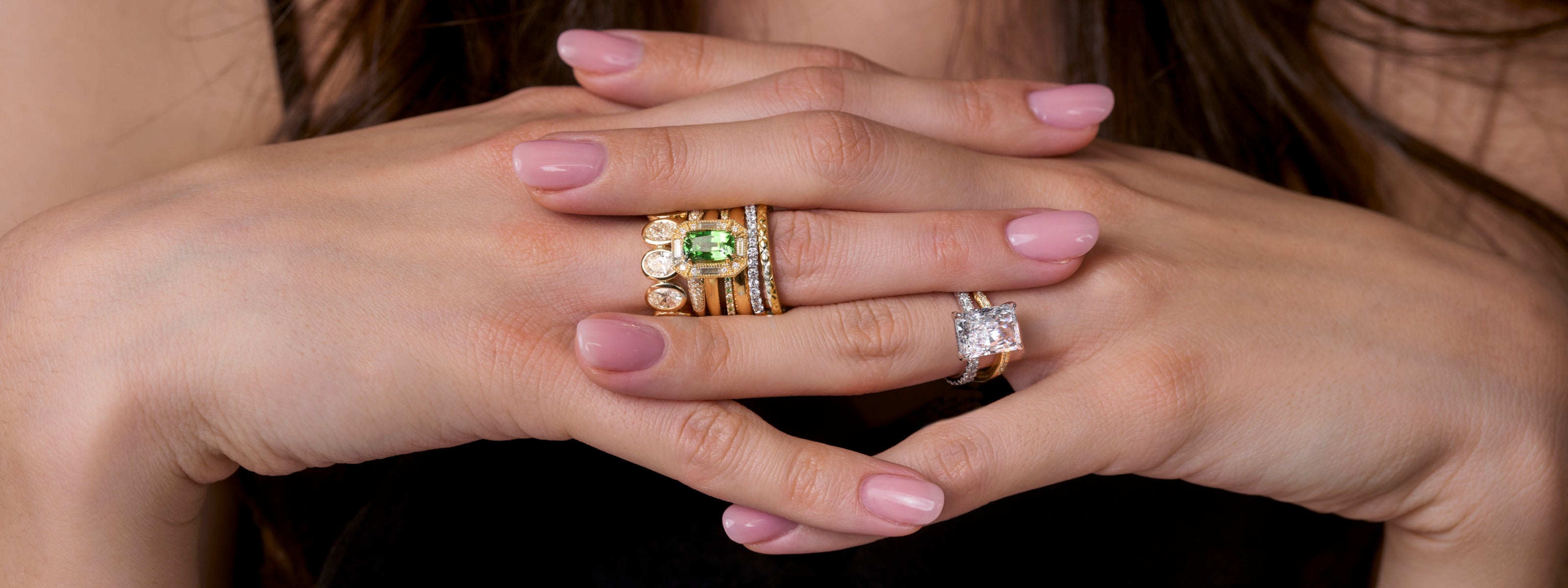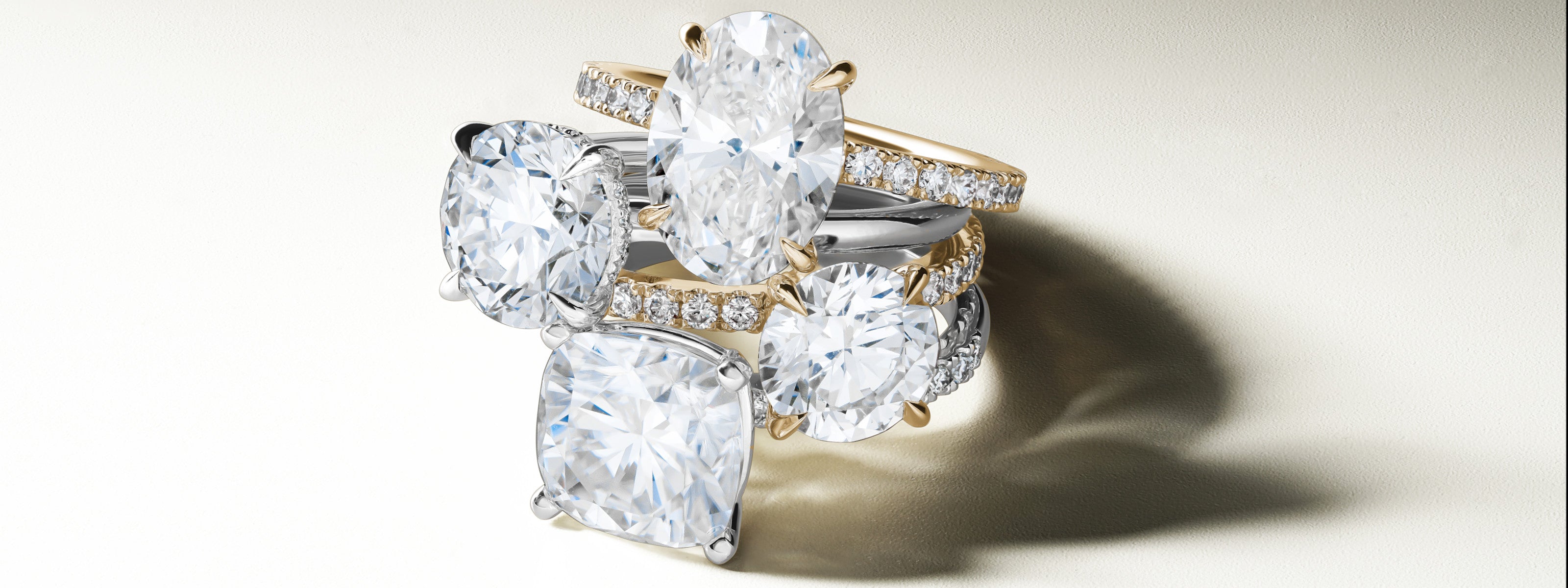Article: Looking Deep Into the Light

Looking Deep Into the Light
What You Really Want To Know About Diamonds and The Alternatives

The allure of diamonds has captured the human eye for centuries as a symbol of loyalty, beauty, and eternity. In the modern age however, we are seeing technological advances challenge the way we see diamonds, and creating confusion around what is a diamond. In a world glittering with choices, the debate between natural and laboratory diamonds shines brighter than ever. We all have questions, uncertainties, and opinions about this dazzling and sometimes controversial topic. In this journey through the world of diamonds, we'll uncover all you need to know. Come with us as we delve into the fascinating world of natural VS laboratory created diamonds to help you discover which truly deserves a place in your heart.
Synthetic diamonds, also known as professionally lab-grown diamonds, cultured diamonds, or cultivated diamonds, are genuine diamonds meticulously created in a laboratory setting rather than occurring naturally.
Now, let's explore these man-made diamonds in more detail.
Laboratory created diamonds

Professionally created in a lab, we all know these are considered diamonds, and offer the same beauty as a natural stone. Like naturally occurring diamonds, they consist of carbon atoms arranged in a flawless crystal lattice structure, which not only grants them their renowned sparkle but also renders them the hardest substance on Earth. More affordable, laboratory-grown diamonds are produced in settings that mimic the high pressure, high temperature conditions of natural diamond formation in the earth.
Scientists can create diamonds that look just like natural earth-mined diamonds, contain the same chemical, optical, and physical properties as natural diamonds, making them an excellent alternative. While visually, natural and lab-created diamonds are the same, they take much less time to create. They can be made in about 6 months, whereas most natural diamonds are millions to billions of years old, and from deep within the earth. Lab grown diamonds are laser etched with a serial number, which is not visible to the naked eye, but helps distinguish them.
Now, let's compare laboratory created diamonds to a natural diamond from the Earth. Both lab grown and natural mined diamonds come with certificates, but how do they compare?
Hardness

Diamonds reign as the hardest material on Earth, scoring a perfect 10 on the Mohs scale of hardness. Only another diamond can scratch a diamond. A laboratory created diamond is still a perfect 10.
Visual Clues
Both lab-grown and natural diamonds reflect pure white light. A lab created diamond is almost indistinguishable from a natural diamond, as their differences cannot be seen with the naked human eye.
Colour

If you are stuck in the choice between lab grown or natural diamonds, you are not alone! Many are debating whether to embrace this technological advancement. However controversial, lab-grown diamonds are here to stay, so it is important to bridge the gap and educate ourselves on their similarities and differences. We are here to help navigate what is best for you.
Stay tuned for our next post, where we'll explore the fascinating world of diamond shapes and their riveting symbolism and history. And don't forget to check out our selection at exaurum.com

